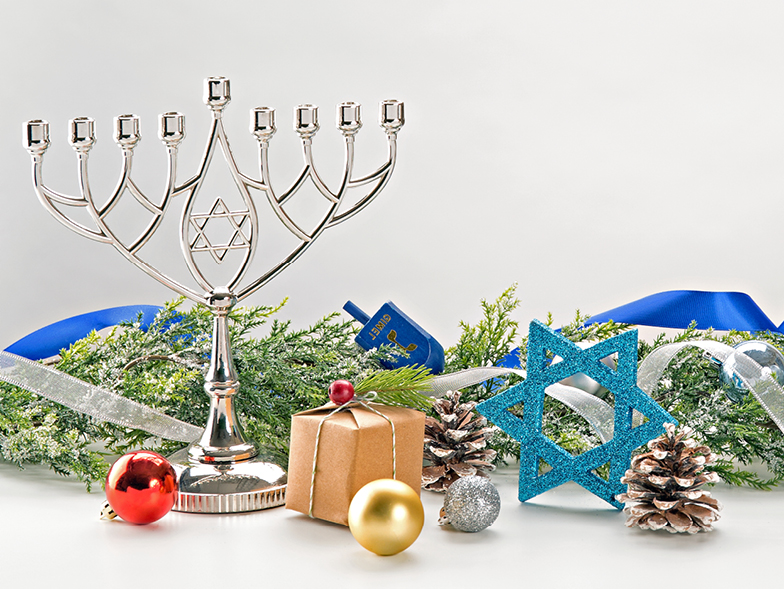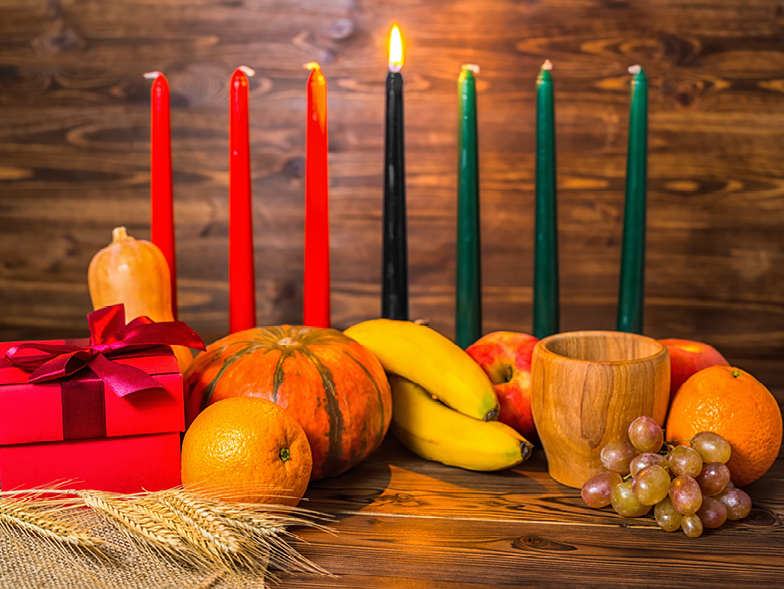A Lesson in Holiday History

People have used the winter season as a celebratory period for millennia. We gather with loved ones, eat delicious food, and give thanks for the year that we had. You might be familiar with the meaning and customs of whichever holiday you celebrate, but it’s equally important to understand the significance of why others celebrate, too.

Hanukkah
Hanukkah, Chanukah, or the “Festival of Lights”, has been celebrated since around 200 B.C. Though there are multiple accounts as to the origin of the holiday, the most common states that after old Israel fell under Greek-Syrian control, an uprising grew to take back Jewish rule over the nation, led by the Maccabee family.
The Maccabees rededicated the central Jewish temple in a ceremony that involved an eight-day celebration. During the celebration, an olive oil candle was lit with the intent to burn for a single day. When the candle remained lit for all eight days, celebrants declared it a miracle, and the tradition of Hanukkah was born.
Today, the celebration continues in the eight-day tradition, taking place in November or December, with an exchange of gifts, large meals, and family gatherings. A menorah, or hanukia in Hebrew, is lit (one candle per day) in commemoration. Oil is also used in other ways throughout the holiday, including for fried potato pancakes, known as latkes.
Kwanzaa
Founded by Dr. Maulana Karenga, a professor from California State University, Long Branch, Kwanzaa is derived from traditional African “first fruit” celebrations, which were originally celebrated by the Ashanti and Zulu peoples. The US version of the holiday began in 1966 as a way for African-Americans to come together as a community.
Kwanzaa celebrations typically last for seven days and, similar to Hanukkah, a candle is lit in commemoration of each new day. There are also seven principles in relation to each of the days, all of which are geared toward unification, uplift, and support for the African-American community.
The seven symbols of Kwanzaa also play a large role in how each day is celebrated. The Mkeka, for example—a straw or cloth placemat—is representative of the foundation the community was built upon; Vibunzi (an ear of corn) denotes that through the raising of children, the beliefs and hopes for the family are alive; and the Kikombe Cha Umoja, or unity cup, is passed from person to person in honor of the ancestors.
Christmas
Christmas as we know it today was not traditionally celebrated until the Victorian era in nineteenth-century England. Original Christmas celebrations were comparable to Mardi Gras, with large feasts and boisterous festivals. However, after a shift in attitudes and customs, the celebration became more about family and giving and less about decadence.
Though the meaning behind the holiday for Christians has remained the same, modern customs have evolved to include an amalgamation of sacred and secular practices, with tree lightings, gift exchanges, festive meals, and decorative displays.
The holiday itself may only last for one day, but modern celebrations have turned Christmas into a months-long event. Even before the Thanksgiving holiday, the commercial aspects of Christmas can be seen nearly everywhere.
By Alexa Bricker: American Lifestyle Magazine







